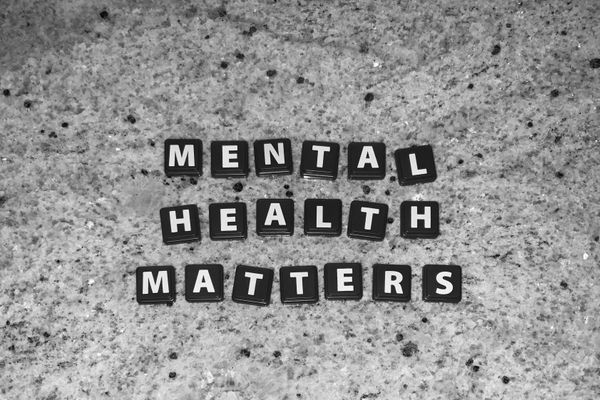As we reach the end of another month amid yet another busy semester, it is important to reflect on what we may be leaving behind us.
In the beginning of September, you may have noticed the regular entertainment of your social media feeds was replaced with posts about suicide prevention, resources, and personal experiences relating to suicide and mental illnesses.
September is National Suicide Prevention Month, and although these posts bring awareness to the topics of mental health and suicide – the Furman community must not neglect these conversations until next September. In 2019, suicide was ranked as the second leading cause of death for individuals between 15-24 Year Olds in the U.S. So, although you may not have personal experience with suicidality, it is highly possible that students around you may be grappling with suicidal thoughts. Even the person that you consider the most mentally stable may struggle with suicidal thoughts at some point.
This is why mental health is real and it matters. Every person on campus comes from different backgrounds or origins, with their own unique challenges and stories that play a role in their mental well-being. For example, some students may come from an environment where they were taught that crying or expressing feelings is a sign of weakness. Others may not recognize their own mental health struggles, and even if they do, they may not be seeking the proper help or support that they need.
This may be especially relevant for racial and ethnic minority students. On a predominantly white campus such as Furman, students of color may feel heightened stress from pressures to suppress parts of their personalities in order to fit into or defend their actions. This - paired with social stigmas surrounding mental health - may complicate students’ decision to seek mental health support.
It was reported by Psychiatric Services that students of color often experience disproportionate mental health burdens, especially regarding suicidality prevalence. However, adults in the U.S. belonging to minority racial or ethnic groups are estimated to have lower mental health service utilization, according to the Substance Abuse and Mental Health Services Administration.
Dr. Nader Hakim, psychology professor at Furman University, shared his perspective from his experience studying race and identity formation. Hakim stressed the importance of exterior forces in poor mental health, especially for individuals in marginalized groups, due to intrapersonal discrimination, paired with institutional and historical factors. Hakim elaborated that being the only student of a marginalized identity in class, or leaving your family behind as a first-generation student, can be additional stressors. “Over time, it’s not hard to imagine how a person’s psyche needs to build an unfair level of resilience to keep up,” Hakim shared. “That’s why it’s so critical that minoritized groups have each other whenever possible.”
And this phenomenon is amplified when students of color happen to be a first generation. As an international student, I can relate to Hakim’s assertions about first-generation students feeling increased stressors. Personally, leaving home for college gave me both a strange feeling of leaving my family behind and the constant pressure to be resilient for my community.
Therefore, in order to close the disparity gap in mental healthcare and give minority students the chance to heal from their mental wounds, it’s important for us to reach and look out for each other. One way this can be done is through safe spaces where minorities can be fully themselves without feeling judgments or oppression. Moreover, these environments can validate student experiences, giving them a sense of solidarity and reminder that they are not alone in their struggles. I believe that safe spaces for students of color serve as effective methods of mental health care because these students might feel in the future more supported and included in their college campus. This may even lead students to further embrace their ethnic and racial backgrounds, decrease feelings of loneliness, and relieve them from the mental load that many have been carrying.
At Furman University, there is a growing number of spaces created for students to celebrate their diverse backgrounds. From the Student Diversity Council (SDC) to several cultural organizations such as Hispanic Outreach and Latinx Awareness (HOLA) or the Student League for Black Culture. Furman students of color are gathering to celebrate their identities.
However, one organization stands out as a place for mental health support for students of color. Barbershop is a safe space where students of color can feel free to share their experience as a minority studying at Furman. Barbershop meets every Tuesday from 12:00 PM to 1:00 PM at the Counseling Center conference room. The content of these sessions can vary, as students can address a specific topic related to their lives, share about the highs and lows of their Furman experience, and more. As a participant told me: ‘’Barbershop works because we can all relate to each other or vent if we need to…’’ So, if you identify as a Person of Color (POC) and you are interested, email Kianna.binns@furman.edu or talk to Dr. Allyson Brathwaite-Gardner.
These are big steps that are being taken by Furman to make students of color more included on campus, but students must also rely on each other and not just the University. We have a social responsibility to look out for each other. You can start today. Consider participating in organizations like Barbershop. Make time to prioritize your own mental health. Go check on someone that you haven’t seen in a while. Mental health matters every day, not just during National Suicide Prevention Month – and we all can do our part in looking out for ourselves and other students in our community.
